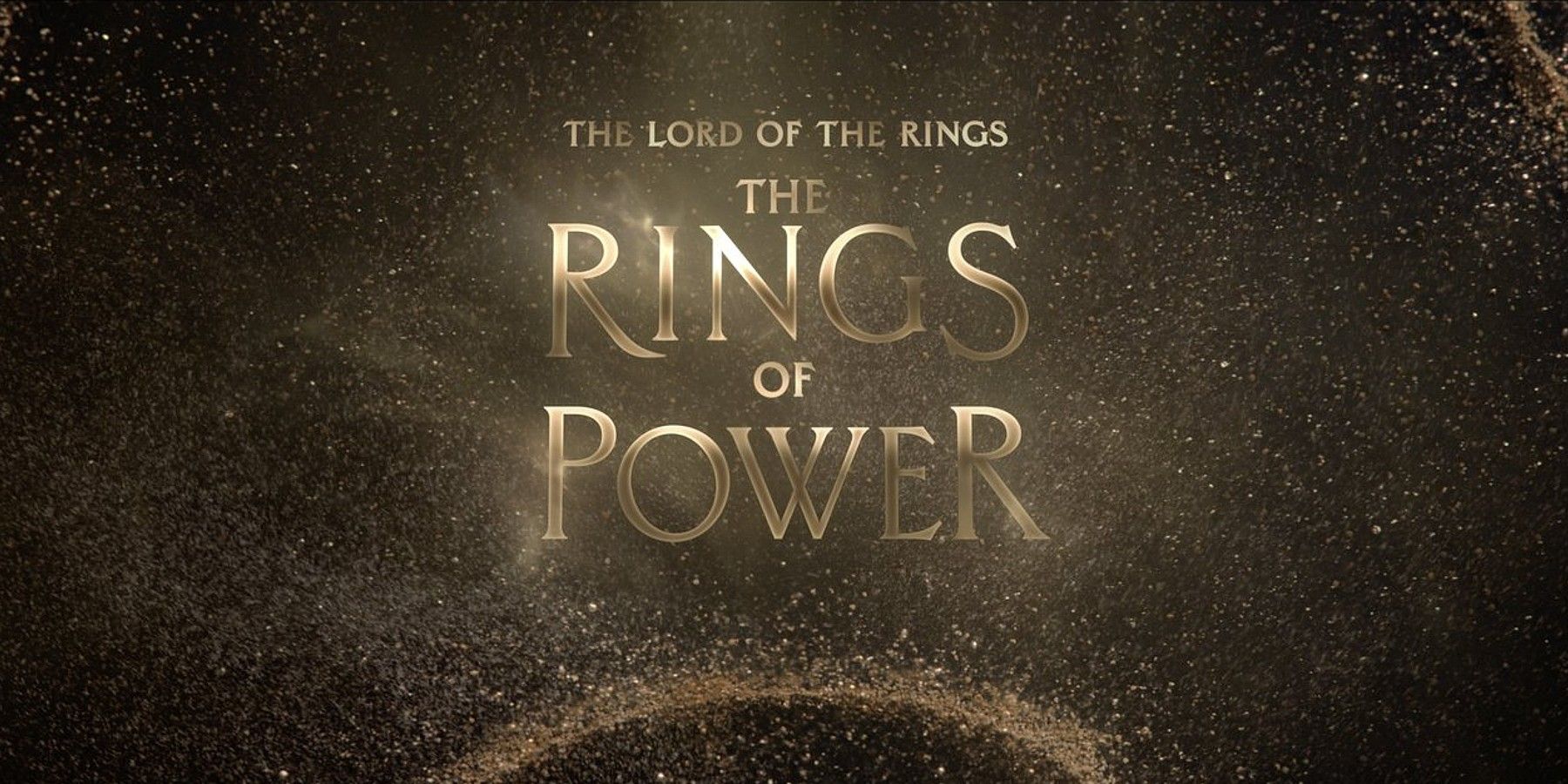It turns out that the team behind The Lord of the Rings: The Rings of Power took inspiration from J.R.R. Tolkien's works for an unexpected aspect of the series: the opening credits. Many fans watching the Prime Video series may have been a bit confused at the more subdued vibe of the credits sequence compared to similar shows. But apparently, it wasn't just an off-the-cuff decision.
A rather clever Lord of the Rings fan recently pointed out that the intricate runes seen in the intro to the Easter egg-laden The Rings of Power bore a striking resemblance to a real-world phenomenon known as Chladni figures. Essentially, it refers to the idea of making sound visible to the eye (also called cymatics), which can be seen best when bombarding sand with certain audio frequencies. Anyone who's been to some sort of science center type of place has likely seen this in action, with designs and shapes seemingly forming out of nowhere in piles of sand. Sure, it's fascinating knowing that the designers took cues from a rather thematically appropriate merging of science and art. But the significance goes even deeper than that.
Alexander King, the fan who pointed this out on Twitter, apparently caught the eye of someone involved with the process. Anthony Vitagliano, the creative director in charge of the team who made the opening credits (Plains of Yonder), replied with gratitude and a link detailing exactly where their inspiration came from. Not only did the team reference cymatics and Chladni figures to add an air of authenticity, but they used that as an extension of what they were really aiming for. Just like the rest of the series, they wanted to draw a direct line to things written by Tolkien himself, no matter how obscure they might be to the average reader.
"Taking inspiration from J.R.R Tolkien's Ainur, immortal angelic beings that sing such beautiful music that the world is created from their very sound," said the team at Plains of Yonder, "we conceived of a main title sequence 'built from the world of sound.'" They went on to explain what the sequence was meant to represent. "The sequence conjures an ancient and invisible power, struggling to be seen. Symbols form, flow, push, and disappear as quickly as they came. The unknowable realms of sound create fleeting visions of conflict and harmony that move in lockstep with Howard Shore's opening title score."
Referenced primarily in Tolkien's work The Silmarillion, the Ainur are likely not known by the majority of Lord of the Rings fans, even the more passionate ones. That's not to say those fans are any less legitimate, of course. Tolkien's creations are among the densest and most detailed in the history of fiction, to the point where he created entire languages. Even that is just a fraction of how deep he delved into creating his lore.
So now, take solace and even pride in knowing how The Rings of Power uses actual science to reference some pretty deep Tolkien cuts. Bring out that little tidbit at a party sometime. If nothing else, it might inspire a marathon of the LOTR movies, and that's always a good time for those willing to stay up for another 12 hours.
The Lord of the Rings: The Rings of Power season 1 is now available on Amazon Prime Video.
Source: Plains of Yonder

